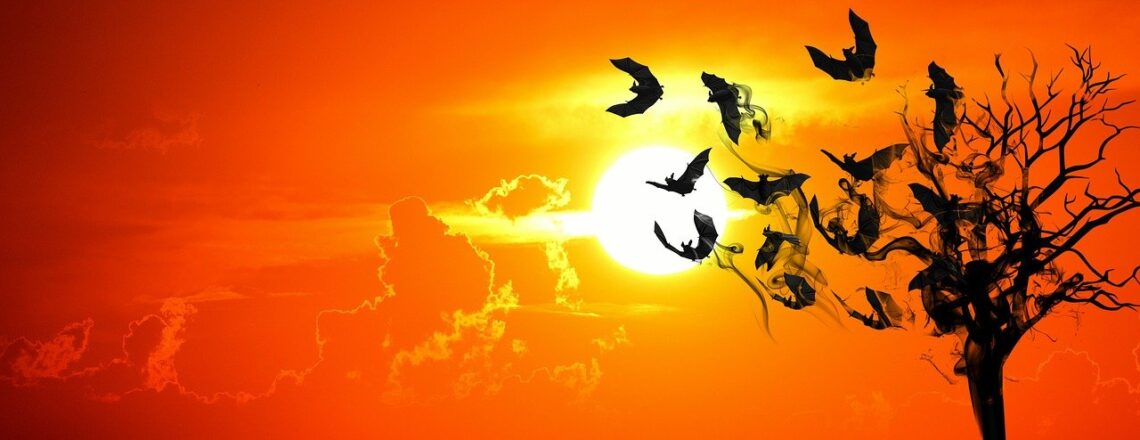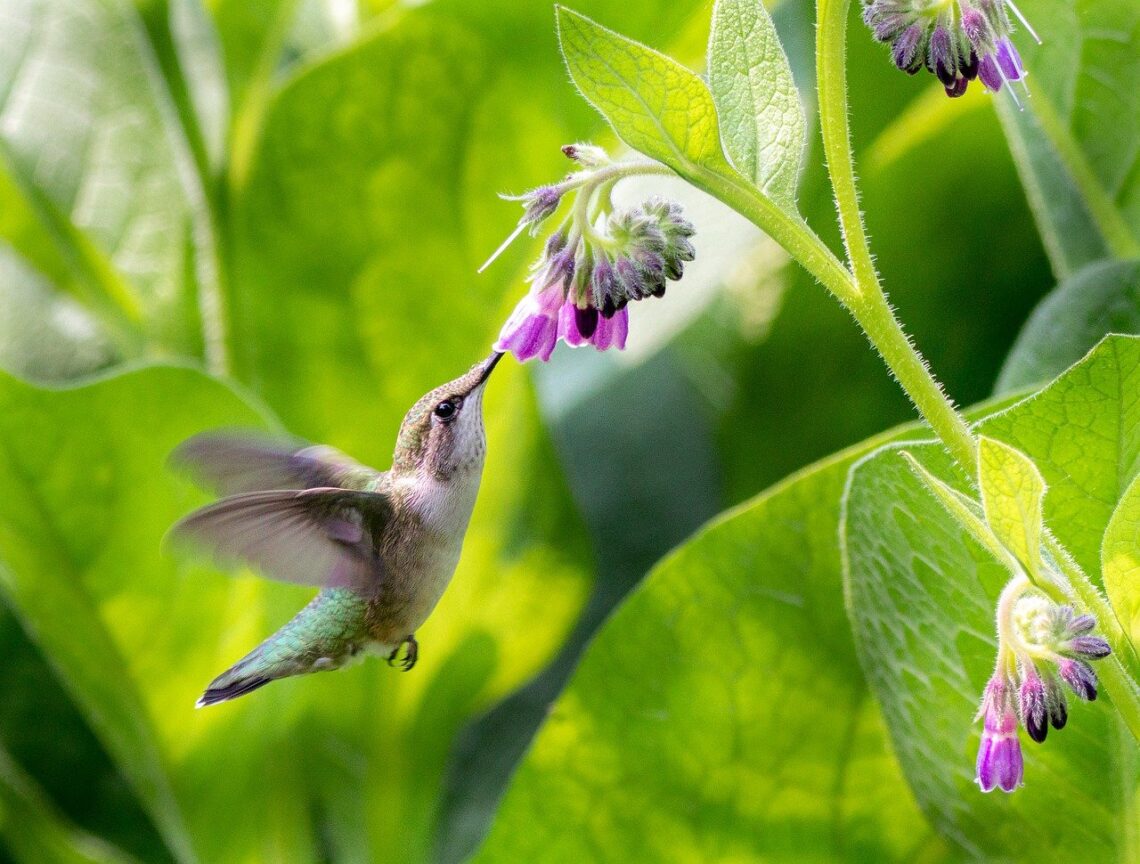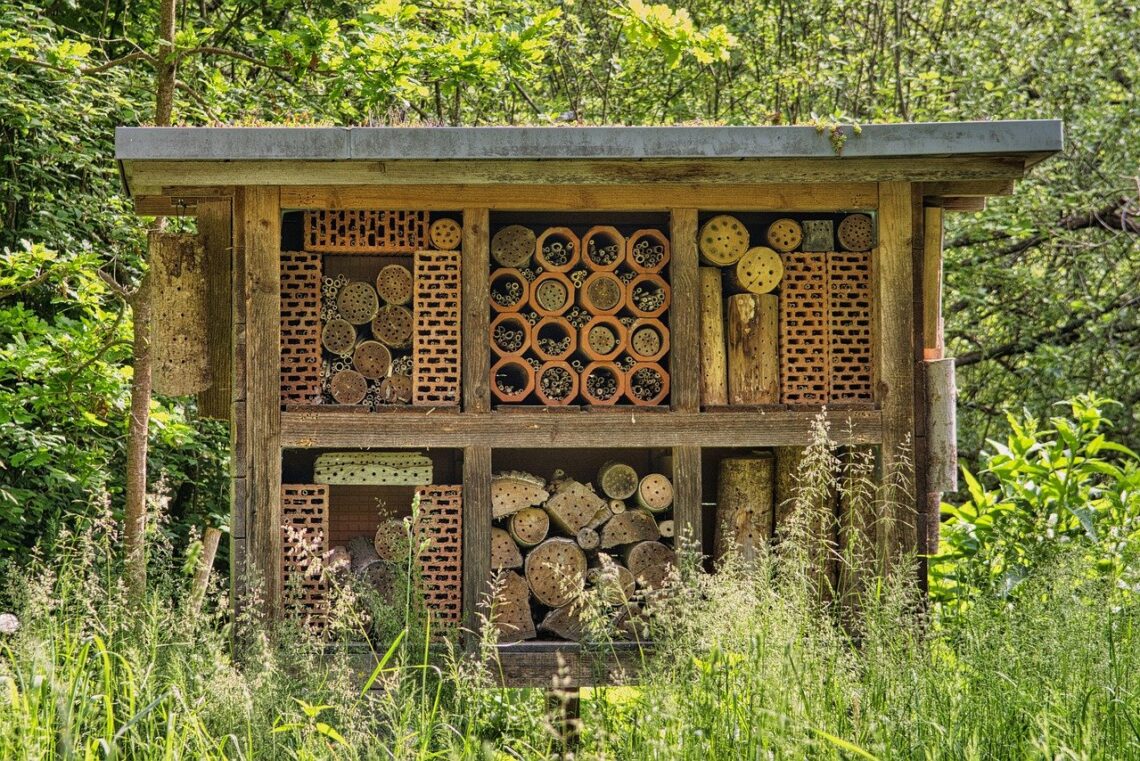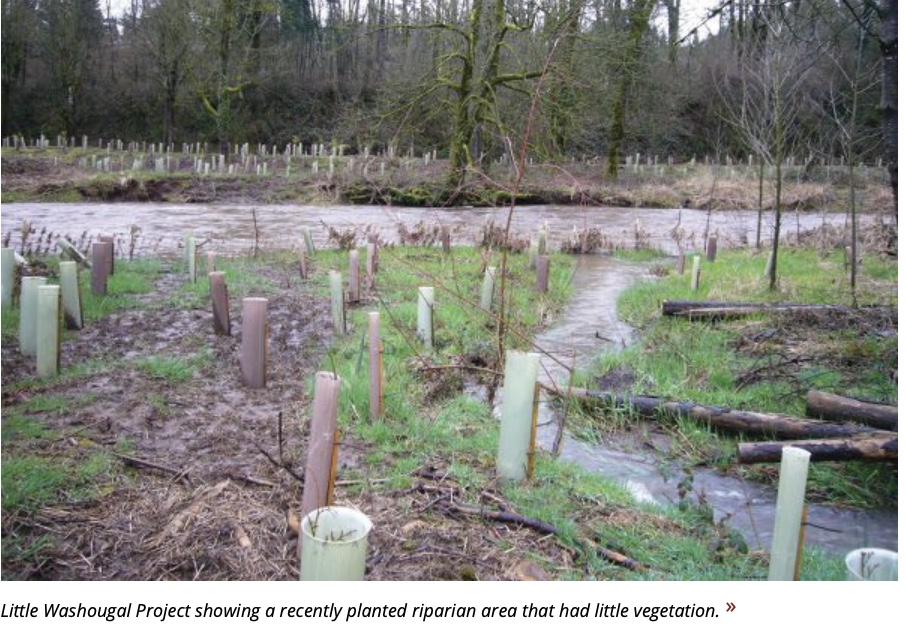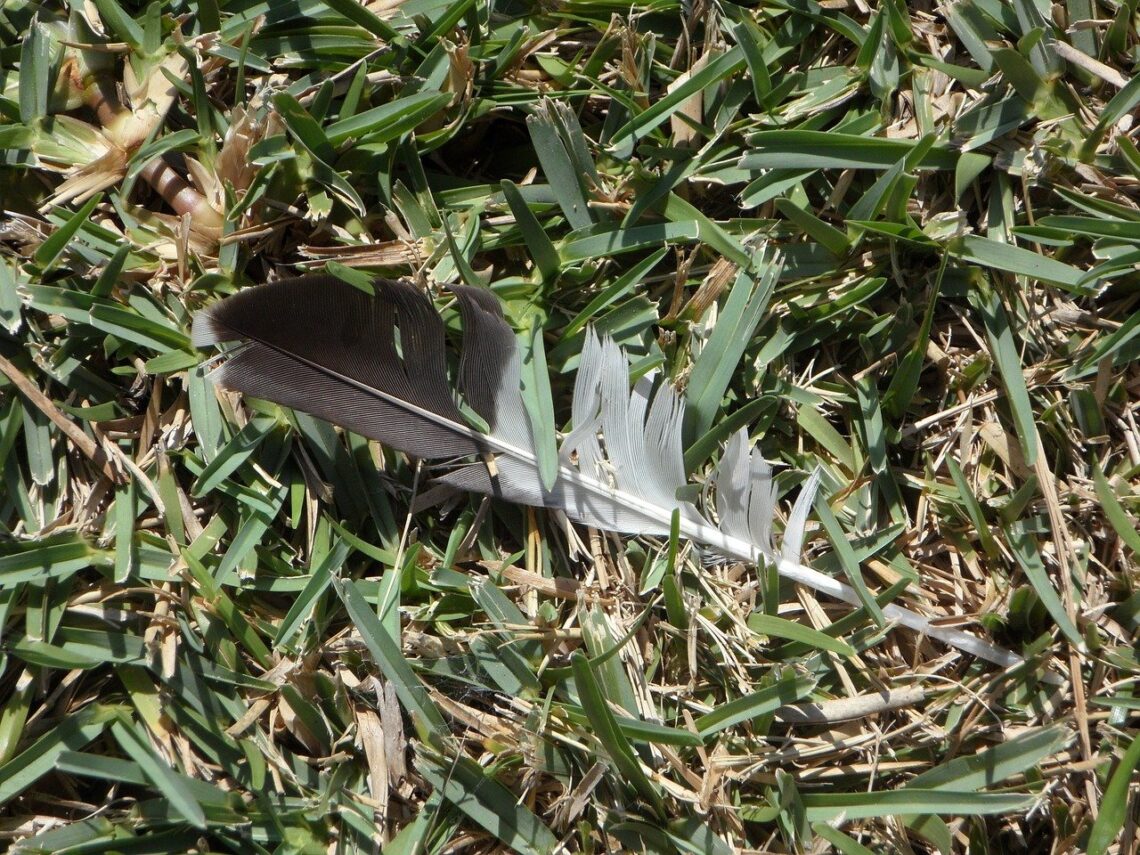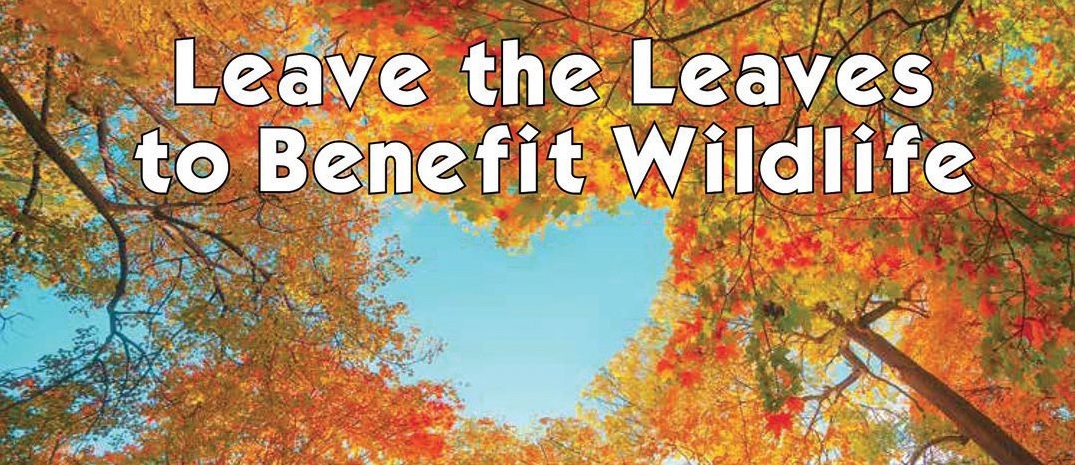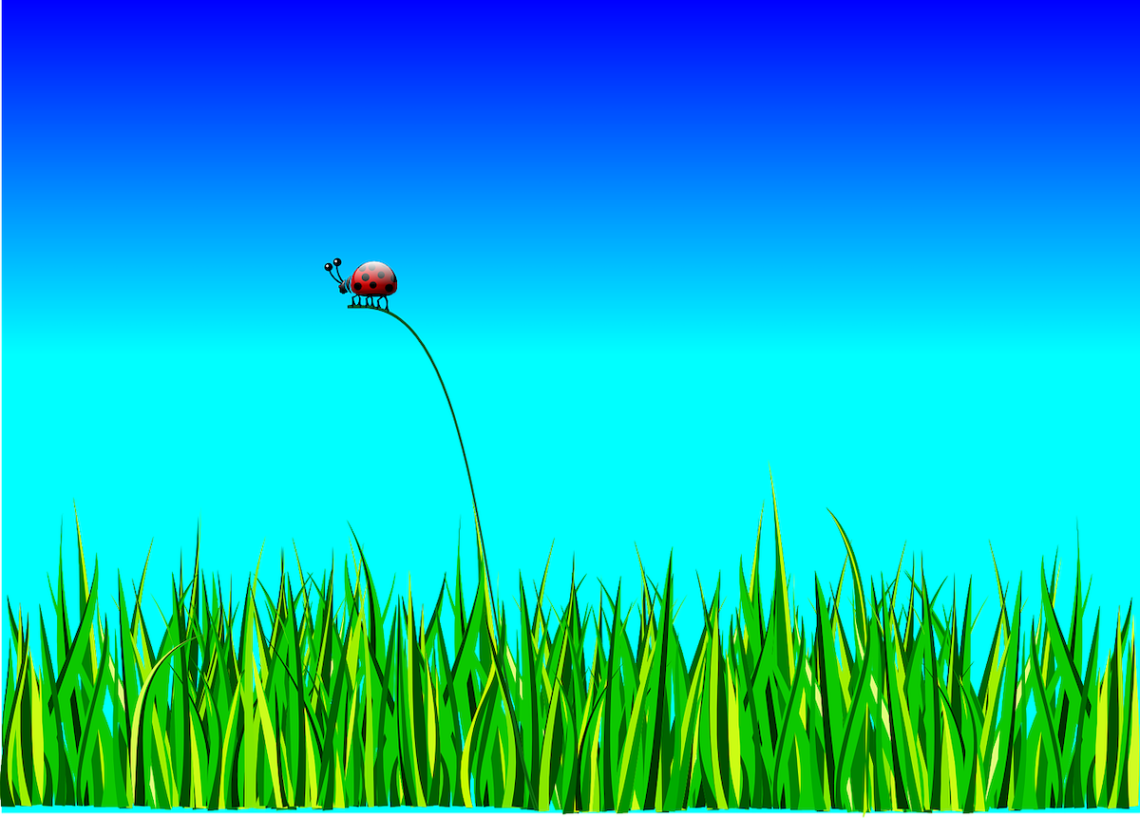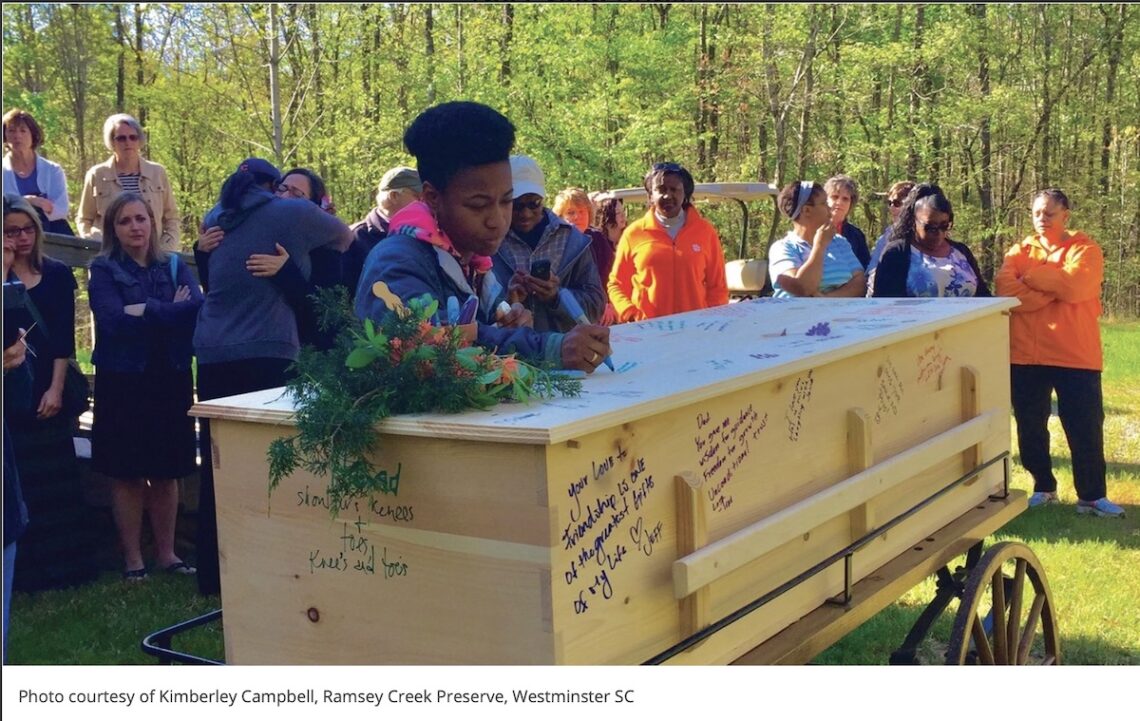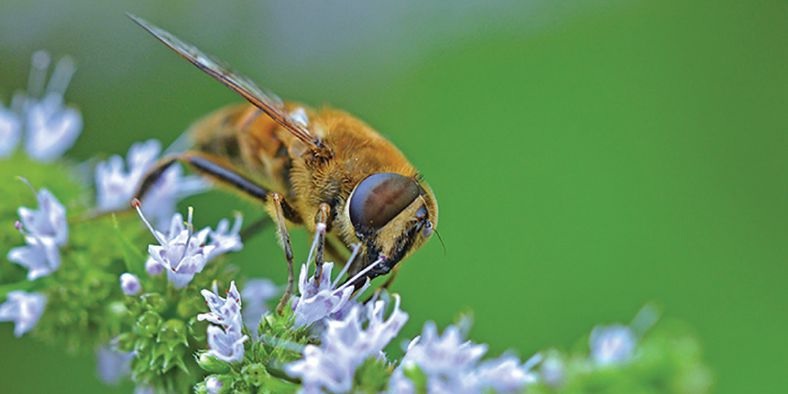Investigating the Causes & Consequences Wind energy is one of the fastest-growing industries in the world It represents an important step toward reducing dependence on nonrenewable sources of power. However, widespread deployment of industrial wind turbines has unprecedented adverse effects on certain species of bats that roost in trees and migrate. Bats are beneficial consumers of agricultural insect pests, and migratory species of bats provide free pest-suppression services across ecosystems and international borders. Although the underlying causes of bat fatalities at wind turbines remain unknown, potential clues can be found in the patterns of fatalities. TSH scientists, in collaboration with other U.S. Geological Survey (USGS) science centers as well as…
-
-
Magicians in the Air
Hummingbirds and How You Can Support Them Who of us have not marveled at the tiny hummingbirds who inhabit, or at least visit, our gardens? Weighing less than a nickel, they can travel at 33 miles per hour, beat their wings from 720 to 5400 times a minute when hovering, and eat their weight (or more) in food every day. John James Audubon recorded human feeding of hummingbirds in his book “Birds of America 1840-1844” and by 1950, commercial bird feeders were available. Thousands of feeders are sold each year worldwide. But, are we really doing them any favors by placing sugar water in safe, cool areas? It is true…
-
Bugs in the Garden
Bugs, butterflies, and beetles – in our gardens and on our plants. Sometimes we are happy to see them, and often we are not. In either case, insects are necessary for our plants and consequently for us to survive. Some of them flit about pollinating, while others spend time eating and decomposing garden debris. Even the ones we dislike can be food for other beneficial insects, birds, and garden reptiles. Unfortunately, insects are generally in trouble, with almost 40% of insect species at risk of becoming extinct. So what can we do to help save and protect the insect ecosystem? One of the first and easiest projects we can undertake…
-
Let’s Protect Our Riparian Areas
The Pacific Northwest is known for its water—whether falling from the sky, melting from high peaks, or flowing towards the ocean—we have such a seeming abundance that it’s easy to take for granted. But, when was the last time you gave a second thought to the wonders of the hydrologic cycle or reflected on the unique role of the riparian plants that are specially adapted to live close to water? If you aren’t familiar with the term, “riparian” refers to the area of vegetation surrounding waterways (ponds, lakes, streams, rivers, etc.). The plant communities occurring at this land-water interface are incredibly biodiverse when healthy, and they provide many benefits to…
-
Buy Land and Plant
An Adventure in Reforesting A decade or so ago, I came across an article in the local paper about a retired school teacher who owned some land a couple of hours east of my city of Portland, Oregon, and spent his golden years planting trees. He had planted 10,000 trees up to that point, aiming to reforest a semidry area of land east of the Cascade mountains, where ponderosa pines flourished before the arrival of Europeans and had been mostly clearcut to create pasture. Something about the article resonated and stuck with me to this day. It was powerful to see an individual intentionally rewilding an area, giving it back…
-
‘Bird Emergency’
Study Shows North American Bird Population Has Fallen by Nearly One-Third in Less Than 50 Years “Protecting the natural world is essential to saving birds and humans alike” Study Shows North American Bird Population Has Fallen by Nearly One-Third in Less Than 50 Years North America lost 29 percent of its bird population—around three billion birds—over the last 49 years, according to a new report. “Decline of the North American avifauna,” a study released on Thursday in the journal Science, found that the continent has seen a net loss of 2.9 billion birds since 1970. “The birds are the canary in the coal mine,” The Bird Conservancy of the Rockies’…
-
Leave the Leaves
It is fall again, and we have harvested all of our garden produce and are making sure our outside faucets are protected against winter’s freeze. The leaves are changing color and tumbling from the trees—and that means fall cleanup in the yard and garden. For many people fall cleanup means cutting all the seed heads and stems off the flowers and raking up all of the leaves. A tidy garden and yard are what many people strive to achieve. Everything clipped back, leaves raked and removed, messy piles of branches put in the green bin for pick up. This tidiness may look nice to us, but it is not good…
-
Picking Peas
Where Have all the Bugs Gone? Why are insects important? “When I was a kid….” No, I’m not going to say that I had to walk many miles to school in the snow. However, I will say that I remember that on summer evenings we would go for rides in the countryside, all of us in the family car, the windshield of which would be covered by smashed bugs. Loads and loads of smashed bugs. Ask any older person – they will remember that. I realized a few years ago that the bug-spattered windshields no longer happen. I will admit that it’s kind of nice not to have to soak…
-
The Green Burial
Green burial is a way of caring for the dead with the minimal environmental impact that aids in the conservation of natural resources, reduction of carbon emissions, protection of worker health, and the restoration and/or preservation of habitat. The standard conventional funeral, complete with embalming and burial in a lawn cemetery, is fraught with health hazards. In addition, it requires the permanent installation of non-biodegradable vaults around non-biodegradable caskets. Embalmers have an eight times higher risk of contracting blood diseases such as leukemia, and three times higher risk of amyotrophic lateral sclerosis (ALS), while groundskeepers are more than twice as likely to develop Chronic Obstructive Pulmonary Disease (COPD); both are…
-
Save Our Pollinators
Convert Your Backyard to a Bee Lawn Dear EarthTalk: What is a “pollinator lawn” and how can I make one in my backyard? —Jane W., Westbrook, CT Bees and other pollinators are essential for growing a great deal of nature’s finest foods. These include coffee, chocolate, beans, many fruits including apples, avocados, blueberries, cherries, and peaches, nuts like almonds and cashews, and vegetables such as cauliflower, broccoli, and Brussel’s sprouts, just to name a few. More than 100 U.S.-grown crops rely on pollinators. Small birds and animals also depend on a variety of pollinated wild fruits and seeds to survive. Unfortunately, the populations of bees and other pollinators, including hummingbirds, butterflies,…

